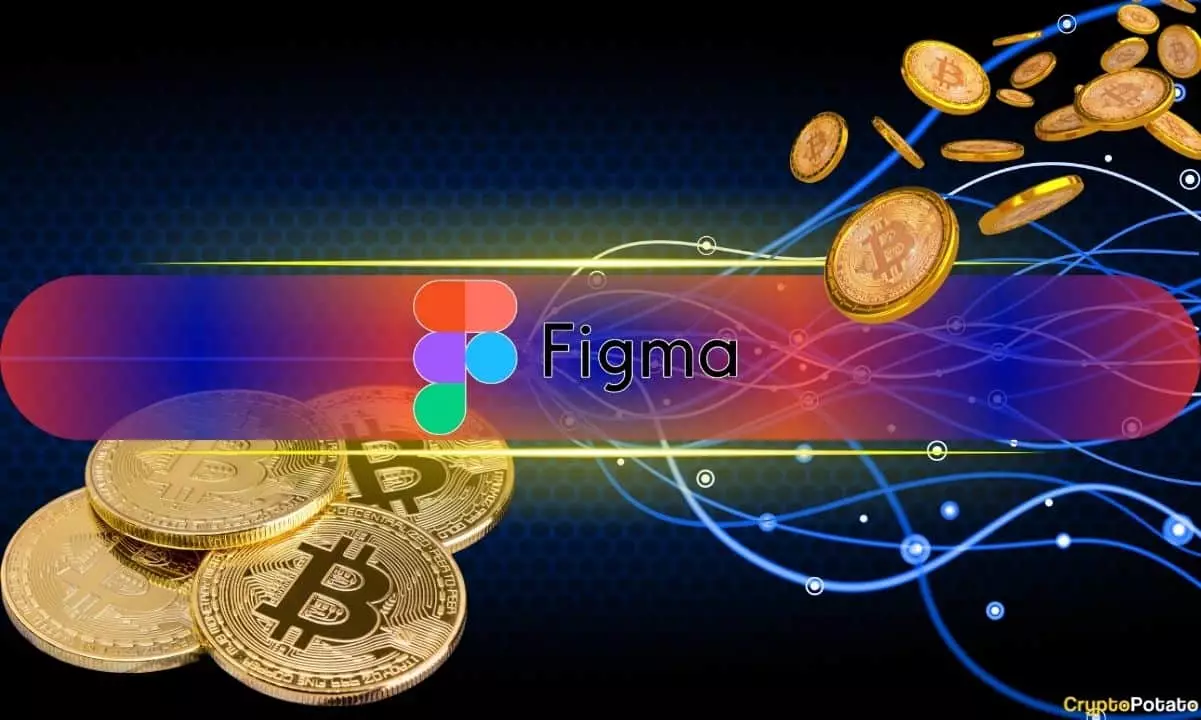In a testament to Silicon Valley’s relentless innovation and ambition, Figma has transformed from a modest startup into a technological titan on the cusp of a major public market debut. Since its inception in 2012, the company’s mission of democratizing creativity through simple yet powerful browser-based design tools has resonated across the professional and freelance sectors alike. Their rapid funding trajectory, culminating in a valuation eclipsing $10 billion by 2021, underscores a confidence fueled by impressive revenue growth and market penetration. With a record-breaking $749 million in revenue projected for 2024—up nearly 50% from the previous year—Figma’s financial health appears robust and ever-expanding.
What sets Figma apart is not just its financial figures but its strategic positioning in a competitive landscape dominated by giants like Adobe. As their user base includes industry heavyweights such as Netflix, Stripe, and AWS, the company’s influence extends far beyond niche markets, penetrating both small startups and Fortune 500 players. This broad appeal lends credence to their upcoming IPO, which investors are watching intently, expecting it to mirror or even surpass the dramatic successes of similar tech offerings. Their partnerships and client list validate a narrative of innovation, agility, and wide-reaching relevance that few competitors can match.
The Overlap with Industry Giants and the Shadow of Monopoly Risks
Yet, the dominance that Figma commands raises serious concerns about market saturation and anti-competitive practices. Their acquisition interest from Adobe, nearly sealing a $20 billion deal in 2022, illuminated the stakes involved. Adobe’s bid was not merely about expanding its portfolio but a strategic move to tighten its grip on the creative software market and stifle competition. While Adobe’s history of organic growth and acquisitions has proved successful, the Figma deal was challenged on antitrust grounds, illustrating how consolidation in tech can threaten innovation and consumer choice.
The EU’s regulatory scrutiny and the subsequent disbanding of their merger shook the industry, exposing the delicate balance between corporate ambition and fair competition. Adobe’s willingness to pay a hefty $1 billion breakup fee reflects the high stakes and the value placed on Figma’s disruptive potential. It also signals a broader concern that, if consolidated, the creative cloud industry could morph into a duopoly or worse—less innovation, higher prices, and diminished diversity of tools.
The Growing Cryptocurrency Footprint and Market Speculation
Amid these corporate power plays, a new trend emerges: the increasing adoption of Bitcoin and other digital assets by tech firms. Figma’s recent filings reveal a significant Bitcoin reserve, alongside $30 million in USDC, signaling an emerging strategic move into digital assets. This trend is reinforced by data showing over 140 publicly traded companies now collectively hold 5.7% of Bitcoin’s circulating supply. Such figures highlight how corporate treasuries are capitalizing on the asset’s anti-inflationary qualities and the broader regulatory environment becoming more friendly to mainstream crypto adoption.
The political and economic landscape has played a facilitative role here. Under recent administrations, regulatory relaxations and clearer frameworks have emboldened corporations to diversify their holdings into cryptocurrencies. This paradigm shift elevates cryptocurrencies from fringe assets to legitimate corporate treasury reserves, and Figma’s participation signifies that digital assets are no longer just speculative plays but integral parts of long-term corporate strategy.
The Implications of Overvaluation and Market Volatility
However, the boldness of Figma’s growth must be met with skepticism. Its valuation, while justified by high revenue and user engagement, could be dangerously overstated—especially given its reliance on a narrow revenue stream and high expectations for future performance. IPOs, for all their allure, carry inherent risks, particularly in technology sectors characterized by volatile earnings and intense competition.
Moreover, the recent crypto enthusiasm, while promising, also hints at potential risks. The influx of corporate Bitcoin holdings’ value is subject to the same unpredictable swings that define the crypto market—price bubbles, regulatory crackdowns, and macroeconomic shocks could erode these assets overnight. Figma’s financial health might be less resilient than it appears if macro conditions sour or if their expansion plans encounter regulatory headwinds, especially in pivotal markets like Europe and the UK.
This confluence of aggressive growth strategies, heavy valuation, and reliance on volatile assets underscores a fundamental truth: the line between innovation and bubble is razor-thin. The sector’s optimism might be justified now, but it remains fragile—driven by hype, regulatory shifts, and market perception rather than intrinsic stability. As Figma prepares for its public journey, a critical eye must recognize that, in the unpredictable world of tech and crypto, even the boldest players risk falling prey to their own overconfidence.

